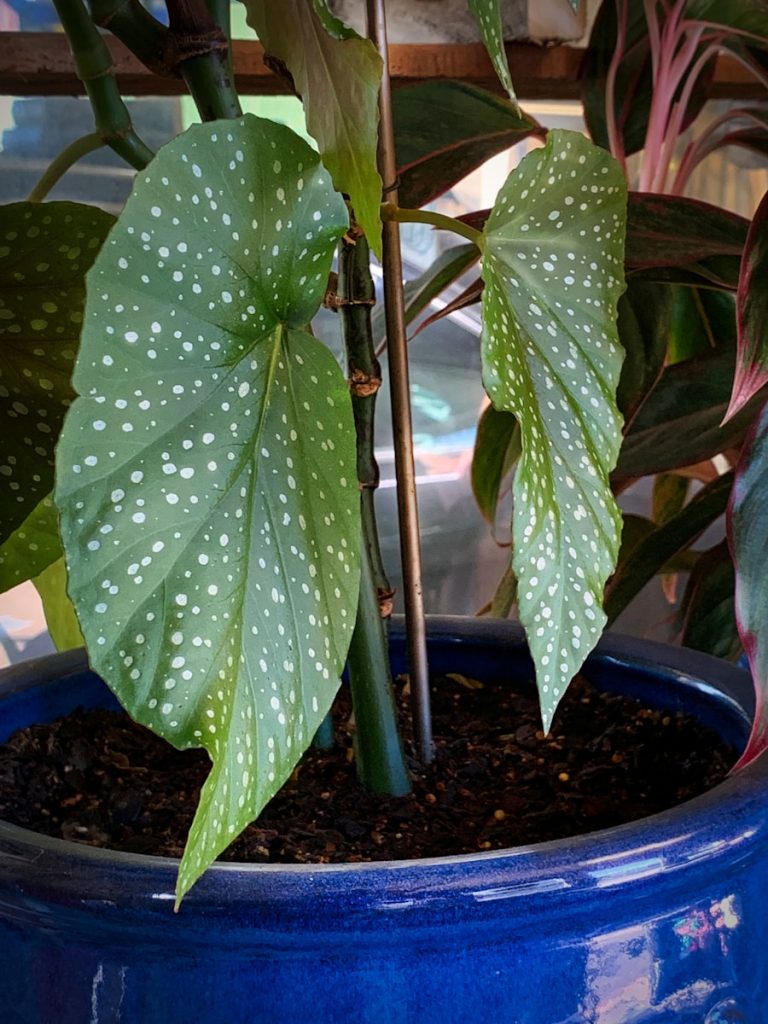Air Plant Care: How to Care for Tillandsia Air Plants
Excited to explore the world of air plants? You’re in the right place! Tillandsia, commonly known as air plants, thrive without soil, making them a fascinating addition to any plant collection. This guide covers the fundamentals of caring for air plants to ensure their growth and health.
Key Takeaways
- Air plants, or Tillandsia, do not require soil and absorb nutrients through their leaves.
- They need bright, indirect light and proper air circulation to thrive.
- Watering requires soaking for 20-30 minutes once or twice a week.
- Fertilizing once a month promotes healthy growth.
- Proper separation of pups ensures continued propagation.
Understanding Air Plants
What are Tillandsia?
Tillandsia, or air plants, are epiphytes. This fancy word just means they grow on other plants or objects, using their roots mainly for support rather than absorbing nutrients from the soil. Instead, they absorb water and nutrients from the air through their leaves. This is why air plant care is so different from caring for traditional house plants! There are hundreds of different types of air plants, each with its own unique look and needs, but the general principles of care remain the same.
Characteristics of Air Plants
One of the coolest characteristics of air plants is their ability to grow just about anywhere, as long as they get enough light and water. They come in all sorts of shapes and sizes, from tiny, spiky ones to larger, more sculptural varieties. Their leaves can be silvery-green, grey, or even reddish, depending on the species. They are commonly displayed in a glass terrarium. They use tiny scales on their leaves, called trichomes, to absorb water and nutrients. Understanding these characteristics is key to proper air plant care.
Life Cycle of Air Plants
Air plants have a pretty interesting life cycle. After they bloom, they often produce “pups,” which are essentially baby air plants that grow from the base of the plant. The parent plant, or mother plant, will eventually die after producing pups, but the pups will continue to grow and eventually flower themselves. This is how air plants reproduce. You can separate the pups from the mother plant once they are about 1/3 to 1/2 the size of the parent. This ensures that your tillandsia air plants continue to thrive for years to come.


